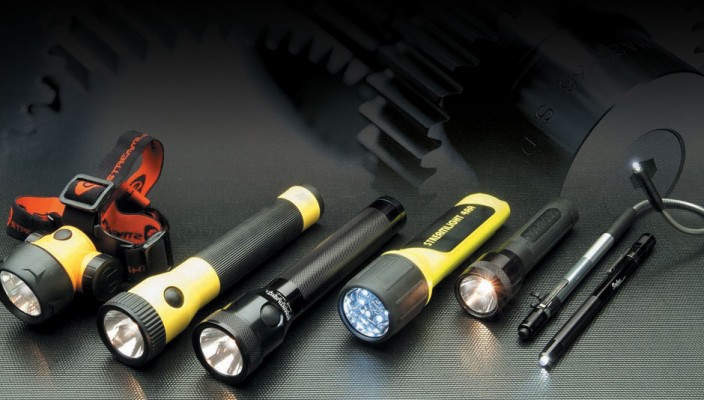
I have to say that out of all the gear that I am fascinated with, knives, guns, backpacks, optics and apparel, that flashlights have been advancing leaps and bounds over everything else. Thanks to the latest L.E.D. (light emitting diode) technology, manufacturers are able to squeeze massive amounts of light out of flashlights that are no bigger than the batteries that go in them. Unfortunately because of all these improvements in lights, its hard for us to know what to look for when purchasing one. To help you guys make sense of all the jargon and madness here are my top 4 specs to keep a lookout for when shelling out those hard earned green backs on a light.
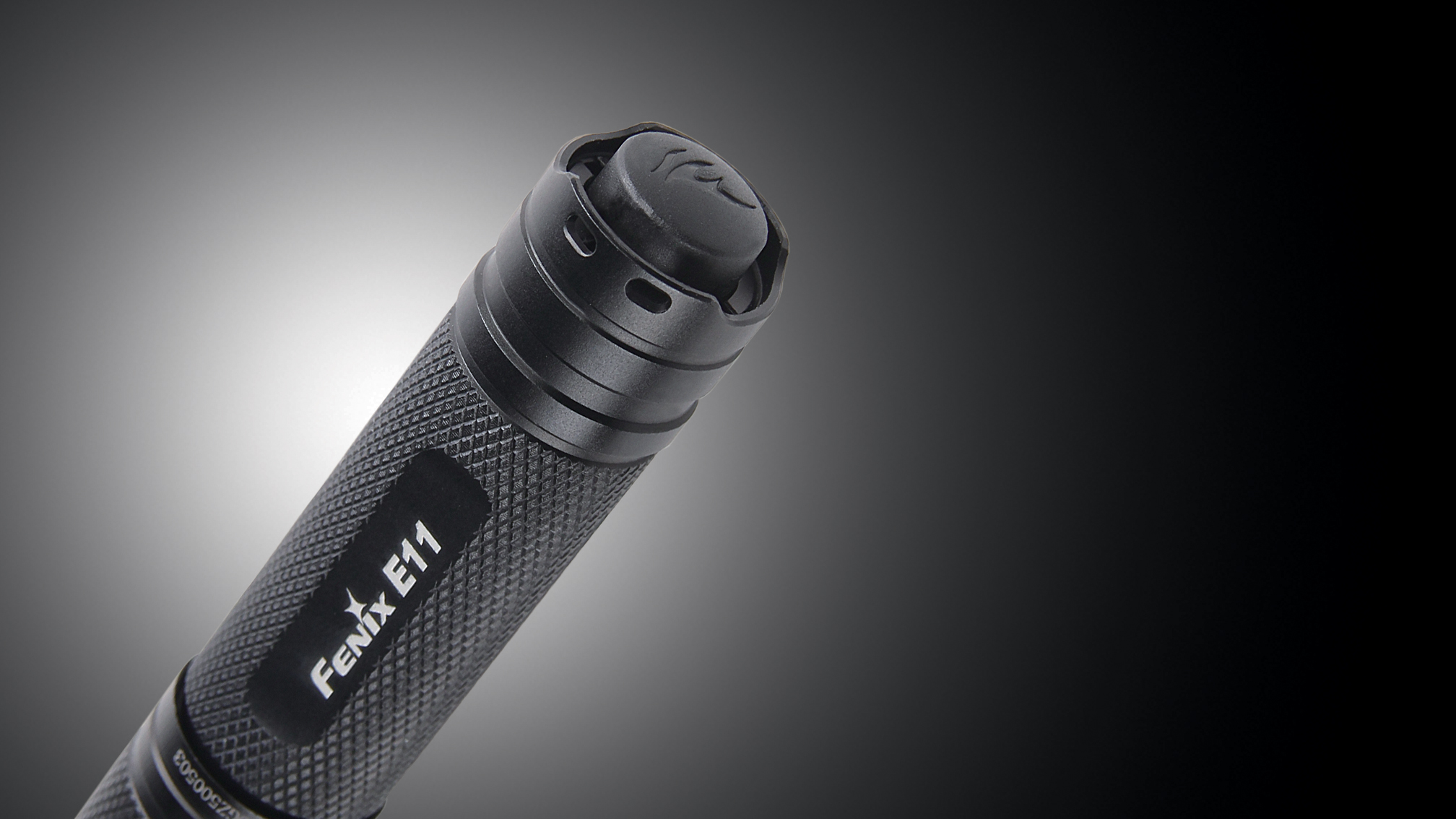
Method of Activation
1. Method of Activation and Modes:
This may be one of the most important features to look out for when buying a light. Because of all this new technology, flashlights are now sporting little microprocessors. These little computers that are getting stuffed in the housing of the light allow you to switch through a wide assortment of modes like high, low, beacon (my favorite), strobe and many more. All of these different modes allow you to do things with a flashlight that were never possible before. To put all of this nonsense into perspective for you, with something like beacon mode, you can set up your light at your tent and it will shoot a flash of light at a timed interval until the battery runs out. This is a priceless tool when camping deep in the backcountry and you need to find your tent at night. Microprocessors in flashlights also allow the light to continue to shine at the same brightness until the battery is completely drained, unlike traditional lights where the light slowly ramps down the brightness until it dies.
The way you turn the light on is just as important as the modes it has. Two of the major ways to activate modern flashlights are with either a twist cap or tail cap switch. Something to keep in mind when shopping for a light is that if its labeled as a “tactical” light, then it probably has a push button tail cap. What’s great about a push button/ tactical tail cap is that you know without a doubt that when you push the button on the back that it’s going to shine to the brightest mode. While that may great for some parts of daily life, this design hinders the amount of modes that can be cycled through as well as the inability to stand the light up on its base to light up your tent or an area you’re working in. Now their are some lights that feature a protected tail cap to prevent the push button going off in your pocket and can be stood on the tail in a pinch but in my testing are extremely wobbly. When setting your sights on a tactical/push button light, you also need to be aware that some lights are momentary activation only. In short this means that you must keep the button depressed for the light to stay on. I find that this is beneficial when mounting a light to a long gun like a rifle or shotgun. While supporting the gun with your hand you can quickly light up an area and let off the button to sneak back into the darkness without lighting yourself up like a Christmas tree. The reason many people also prefer momentary lights over tradition activation is that under recoil the standard push button models have a slight tendency to change modes from the shock.
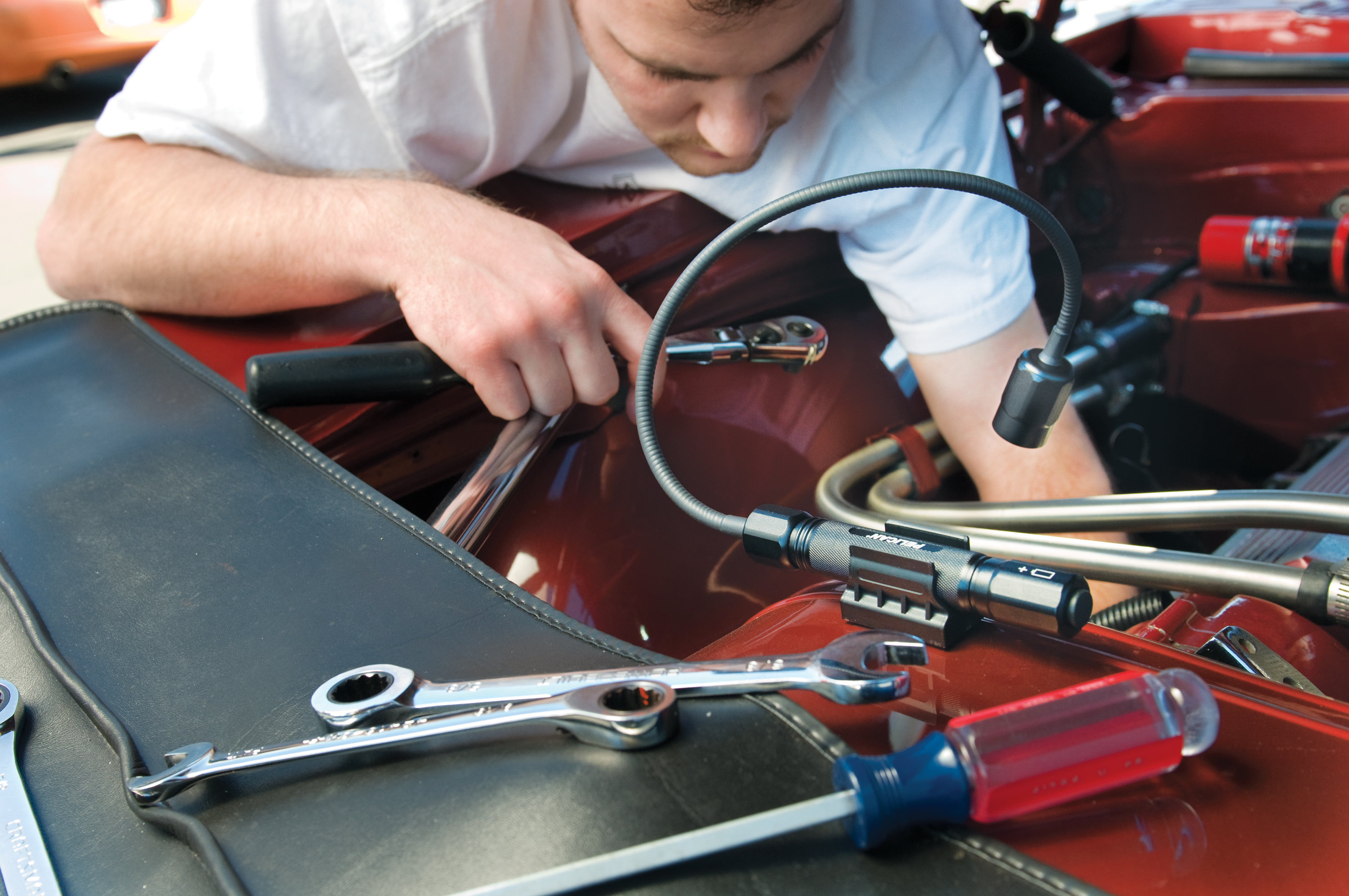
Runtime
2. Runtime:
How long does the dang thing last on fully charged batteries? Now be weary of the advertised run times on every light manufacturer and expect a time that is about 10% less than the time shown. The times presented on the packaging are achieved using optimum conditions and using the light outside of those parameters will ultimately reduce the runtime. Taking that into account, I suggest looking at a light that has a run time of at least 2 hours in its highest mode. This is my own personal preference but you never know when you’ll be in a situation where you’ll need bright light for an extended period of time.
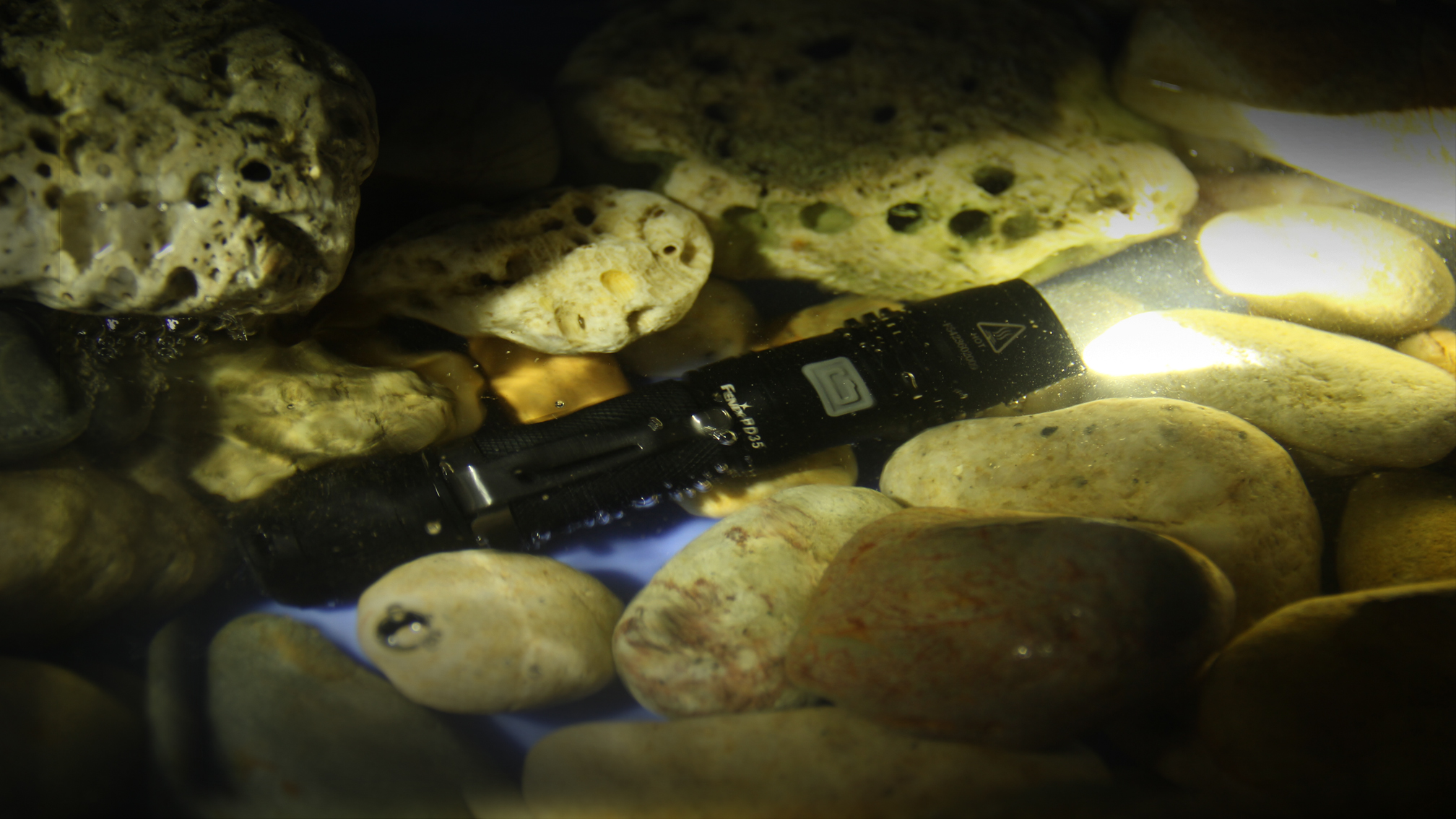
IP Rating
3. IP Ratings:
If you don’t do so well with numbers than you may want to skip this because it may get a little confusing but let me clarify the mystery behind IP ratings. IP stands for ingress protection or how hard it is for water or dust to make its way into your fancy new light. Nearly every manufacturer of flashlights will have the IP rating in this specifications of the light. In short the X denotes the degree and the numbers that follow are a standard of how well it handles water. For example an IPX-0, means the device has no protection against water and I would avoid this rating like the plague. You don’t get any real protection until you hit the IPX-4 rating which states that it can withstand water being splashed from any angle. As a personal rule of thumb an EDC light should be at least IPX-7, where it has the ability to be submerged for at least 30 minutes at 1 meter and still work.
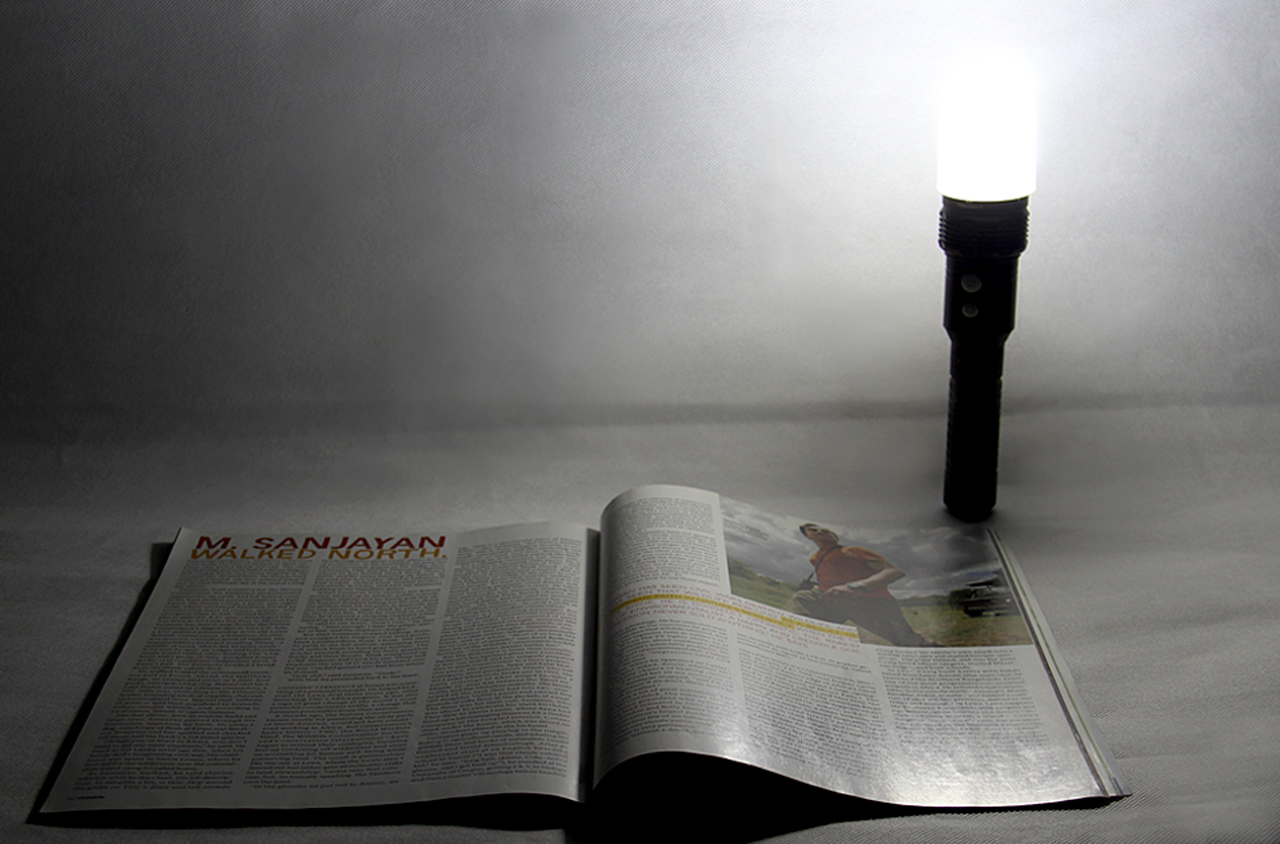
Lumens
4. Lumens:
Horsepower sells cars and torque wins races and when it comes to flashlights, lumens sells lights and beam is what truly matters. That is not to say that lumens aren’t important, what I’m getting at is sure we’d all love to have the 800 horsepower car but majority of the time you’re not driving that car at its limits. The same holds true with lights and however awesome 1,000 lumens of blinding light may sound, most of the time too much of it can hurt. I’ll tell you guys a little secret, I own a 2,500 lumen Nitecore light and besides flagging down an airplane if I was on a deserted island, it is pretty much useless in any practical sense. Don’t get caught up in the lumens as much as the other 3 things I mentioned earlier. In all honesty you probably will never have the need for more than 300 lumens. If you think I’m wrong do me a favor and try this little experiment. Wait till its nighttime, turn off all of the lights in your house, go to your fridge, close your eyes, count to 240, then open your eyes and look inside the fridge. That rush of light is blinding and this is what you’ll be doing to your eyes if you go for the highest lumen light you can find.
These are only the top 4 specs that I pay attention to when I’m looking for my next flashlight. I’m by no means the end all be all expert of lights but I think now that you guys know a little more about what to look for, you’ll become as crazy about flashlights as me or what we like to call a “flashaholic.” Let me know whatever questions you have about lights or anything else in the box below.
- Thermal Imaging for Home Defense? - February 3, 2016
- Top Gear from Vista Outdoors at SHOT Show 2016 - February 1, 2016
- The OTHER Hard Case Company - January 14, 2016
Related Posts
8 Responses to Top 4 Things to Look for In a Flashlight
Leave a Reply
You must be logged in to post a comment.
« Trijicon RMR-Miracle Micro Reflex Sight Big Water + Big Fish = Big Smile! Action is Picking Up in the Great Lakes »




I am also a “flashaholic ” (among other items of gear ) . I literally can’t tell you how many Shurefire lights l own . Head lamps, pocket backups,pistol, shotgun and rifle lights, a monster 800 lumen max with SOS, strobe , some with crenelated heads others smooth, etc. , etc.
They are in my auto ER bag, auto console , office, briefcase, range bags, etc. Next to my bed are several with flip up red filters which allow you to maintain night vision or light things up. Of course one has to maintain an inventory of 123 batteries, battery cases, lanyards , belt holders, etc.
Also have a couple Ti Lenslites which are built like tanks and have a unique led/lens set-up.
My wife , grown kids, and friends all laughed at me until Hurricane Sandy hit. Without power for about 10 days, suddenly I was everyone’s best friend
You can never have enough flashlights! What’s your EDC light Jeff?
Notice you have ‘suberged’ a Fenix PD35, would you recommend this flashlight? I’ve researched many and have yet to ‘pull the trigger’ but have pretty much narrowed it down to this model and manufacturer. Thanks.
The Fenix PD35 is a great light! I am a big FourSevens guy but have found Fenix lights to be an awesome value as well.
Good article. I didn’t know about IP’s before and this info is helpful.
Glad you enjoyed it. Check back at the end of every week for my new articles!
[…] are rechargeable and non-rechargeable flashlights. If you are always on the go and can pick up batteries whenever you need them, […]
[…] Finally, there are a bunch of little things that we don’t think of when it comes to health and safety,but that we often need during certain situations. These include things like scissors, tweezers, and aflashlight. Scissors, because you may need to cut bandages. Tweezers, in case there is anything stuckin a wound. And a flashlight, because you never know when an emergency will occur, and whenyou’re dealing with someone’s health and safety, you need to be able to see properly. You can clickhere to learn more about what you need to look for in a flashlight. […]